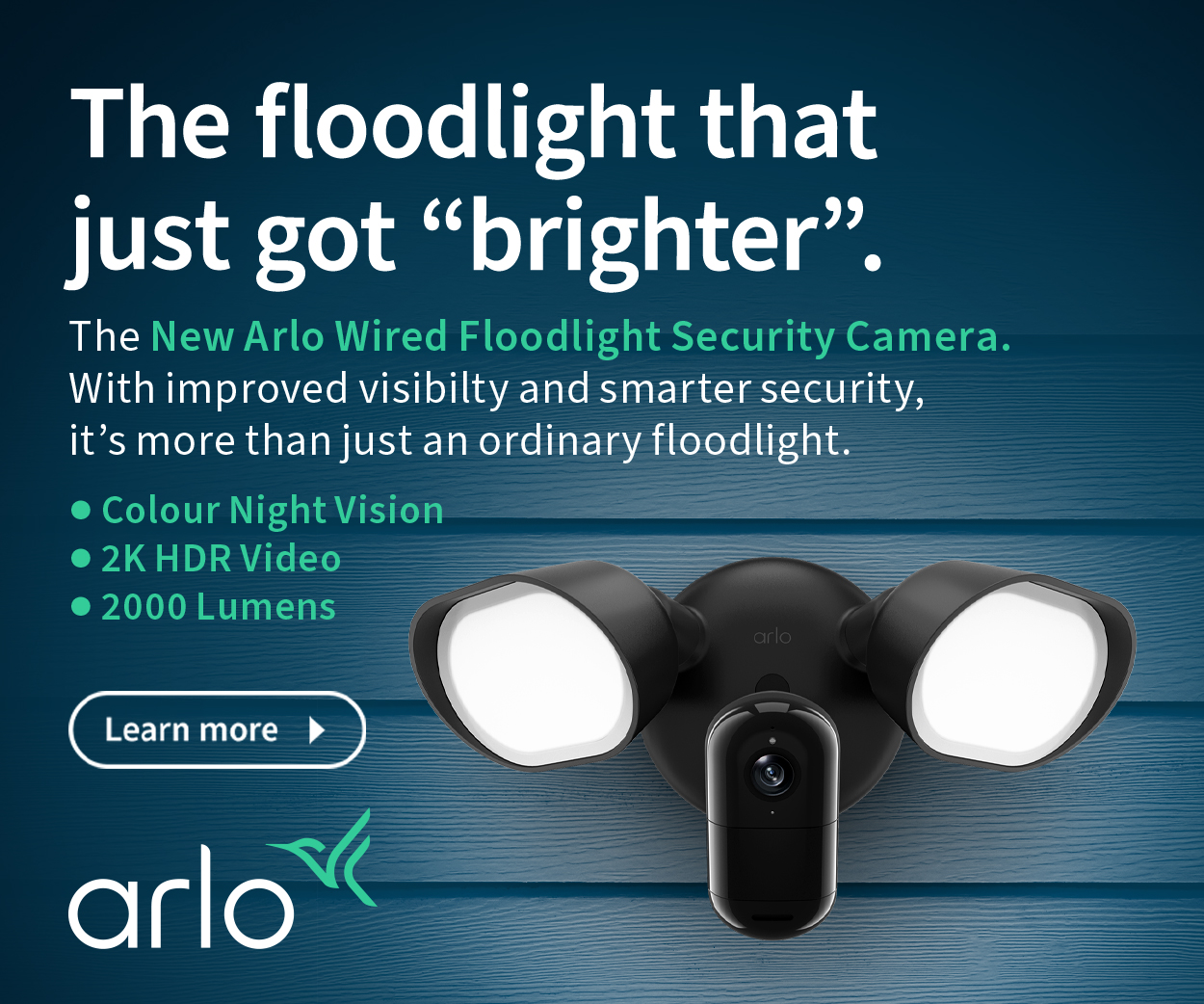Google Pixel 8a – now three Pixel 8s to choose from (smartphone review)
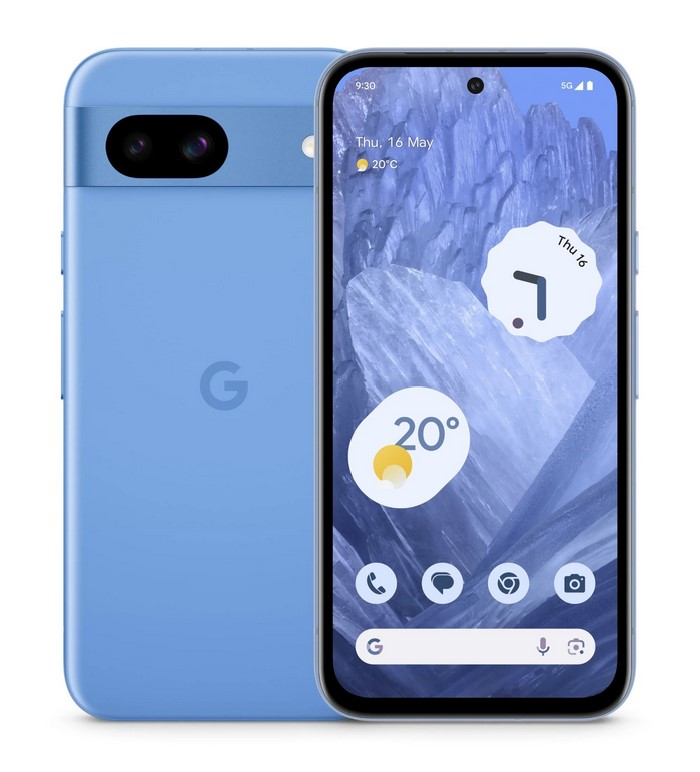
The Google Pixel 8a joins the Pixel 8 and 8 Pro as the more economical sibling. The conundrum is which model you choose because they are, on the surface, very similar.
Hint: Google is coming perilously close to cannibalising Pixel 8 sales as there is no ‘apparent’ significant difference between them. It now comes down to the Google Pixel 8a or the 8 Pro (particularly as the 8 Pro is on EOFY special at $1099 from Harvey Norman, etc.).
We waited a bit longer before this review to get at least one major update (June). Pixels tend not to perform at peak performance until then.
Warning – do not buy grey market
Google reminds you that only it and approved resellers (Harvey Norman, JB Hi-Fi, Telstra, Officeworks) sell the Australian-certified version for Telco networks, Wi-Fi 6E bands, and an Australian warranty.
Read Don’t buy a grey market smartphone.
So, what are the key differences between the Google Pixel 8a and the others?
Same:
- Google Tensor G3 processor, modem, NPU and GPU
- USB-C 3.2 (soon to be upgraded to audio/video/data/charge/Alt DP 1.4 but no mountable external drives)
- Android 14 and seven OS updates and seven years of patches and feature drops.
- Fingerprint sensor under glass
- AI features are a mix of on-device and cloud.
Differences
| Item | Google Pixel 8a | Pixel 8 | Pixel 8 Pro |
| Web | Product page | Product page | Product page |
| Base price | $849 – not discounted | $1199 but seen as low as $849 | $1699 but seen as low as $1099 |
| Release | May 2024 | October 2023 | same |
| Size (mm) | 152.1 x 72.7 x 8.9 | 150.5 x 70.8 x 8.9 | 162.6 x 76.5 x 8.8 |
| Weight (g) | 188 | 187 | 213 |
| IP | 67 | 68 | 68 |
| Screen | 6.1” 2400x 1080 120Hz, 2000 nit HBM 8-bit/16.7m colours HDR10 GG3, OLED | 6.2”2400 x 1080 120Hz, 2000 nit HBM 8-bit/16.7m colours HDR10+ GGV, OLED | 6.7”2992 x 1344 120Hz, 2400 nits HBM 8-bit/16.7m colours HDR10+ GGV2, LPTO OLED |
| RAM/Storage | 8GB LPDDR5 128GB UFS 3.1 | same | 12/128 same |
| AI | Good | Good | Best |
| Wi-Fi | 6E | 7 | 7 |
| GPS | Single band | 5-band | Same |
| Extra sensors | Ultra-wideband Thermometer | ||
| Battery No charger | 4492 (18W) | 4575 (27W) | 5050 (30W) |
| Qi wireless | 7.5W | 18W | 23W |
| Rear Camera | 64+13MP 4K@30 | 50+12MP 4K@60 | 50+48+48MP 4K@60 |
| Selfie | 13MP FF 4K@30 | 10.5MP FF 4K@60 | 10.5MP PDAF 4K@60 |
For more in-depth details and AI capabilities read Google Pixel 8 and Pro – a deep-dive smartphone review and Google Pixel 8 Pro and 8 – which one? (smartphone review companion).
New review format
We are experimenting with our review format. Where we used to put all the raw data in tables at the end, we will now break them up and briefly comment on the various parts. Why? Readers who want to know more will paw over the tables. Readers who wish to see if it’s a good phone can just read the comments. Of course, we still have CyberShack’s’ View and rating explanation at the end – do make sure you read that.
We use Fail (below expectations), Pass (meets expectations) and Exceed (surpasses expectations or is the class leader) against many of the items below. We occasionally give a Pass(able) rating that is not as good as it should be and a Pass ‘+’ rating to show it is good but does not quite make it to Exceed. You can click on most images for an enlargement.
We are also tightening up on grading. From now on, Pass, for example, means meeting expectations for the price bracket. We consider a Pass mark to be 70+/100 with extra points added for class-leading and excellence.
Australian Review: Google Pixel 8a, Single SIM and eSIM, 8/128GB, Model G6GPR (Australia)
First Impression – Pass+
If you know and like Google design, this fits in well. It has a camera bar at the rear, a matte PMMA back, a curved metal frame, and a glossy OLED screen, this one with Gorilla Glass 3. At 6.1”, it is a smaller phone and feels good but a little heavier in the hand. The colours are Bay (Sky Blue), Porcelain (cream), and Obsidian.
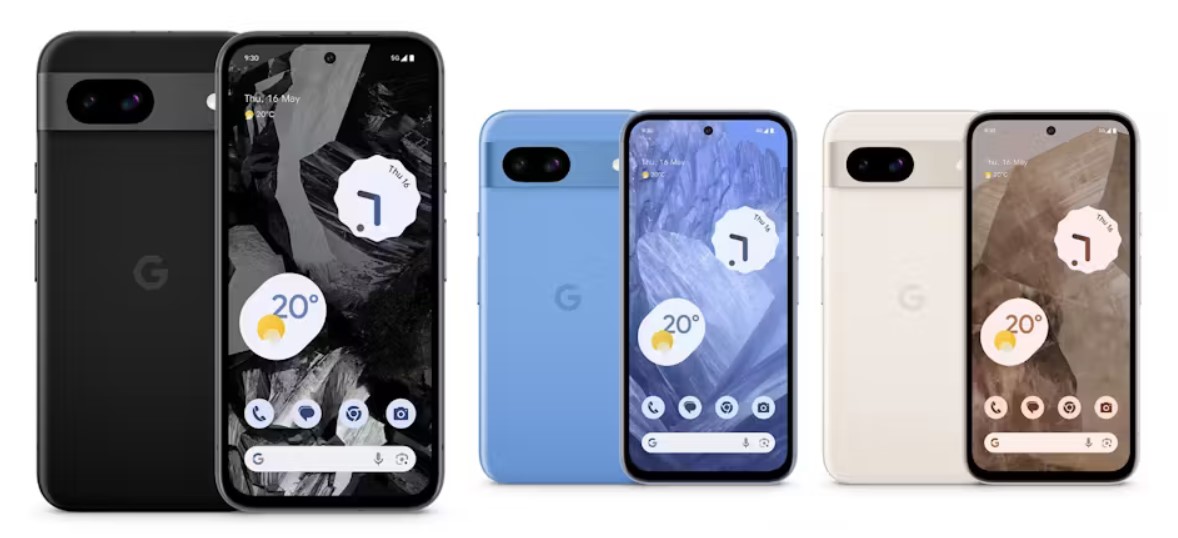
You must remember that this is $300 less than the Pixel 8 and we will try to identify where the specs are lowered to meet this price.
| Brand | |
| Model | Google Pixel 8a |
| Model Number | G6GPR |
| RAM/Storage Base | 8/128GB |
| Price base | $849 8/128GB $949 8/256GB Cases from $44.95-$109.99 30W charger and 3W cable $45 Qi 23W Pixel Stand Gen 2 $119 |
| Warranty months | 24 months More details |
| Tier | Upper-mid range |
| Website | Product Page |
| From | Google Online, Harvey Norman, JB H-Fi, Office Works. Telcos offer monthly phone repayment and mobile data plans: Optus, Telstra, and Vodafone. |
| Country of Origin | Vietnam |
| Company | Google is a giant company that started with a search engine. It is now one of the largest advertising platforms in the world. It is behind the Android and Chrome operating systems. |
| More | CyberShack Google news and reviews |
| Test date | 1-27 May 2024 |
| Ambient temp | 10-20° |
| Release | May 2024 |
| Other models not for Australia (Don’t buy) | The warranty is only valid with genuine Australian stock. Wi-Fi 6E requires Australian firmware for its bands. A genuine phone has the R-NZ C-Tick About Phone>Regulatory Labels and the AU warranty under About>Phone>Limited Warranty. |
Screen – Pass+
The Google Pixel 8a has a decent, bright (with HRD content), daylight-readable colour screen, but at 8-bit/16.7m, it is outclassed by other flagships. Read 8-bit versus 10-bit screen colours. What is the big deal?
Now, on a smartphone screen, there are two main issues. First, video and still image previews are what you see, is not what you get. To a point-and-shoot photographer, that is not an issue, but if you want to take the best shots, you need a 10-bit/1.07 billion colour screen.
Second, if you watch HDR10 video content, it will likely have colour gradient bands. Again, this is not a huge issue for most users.
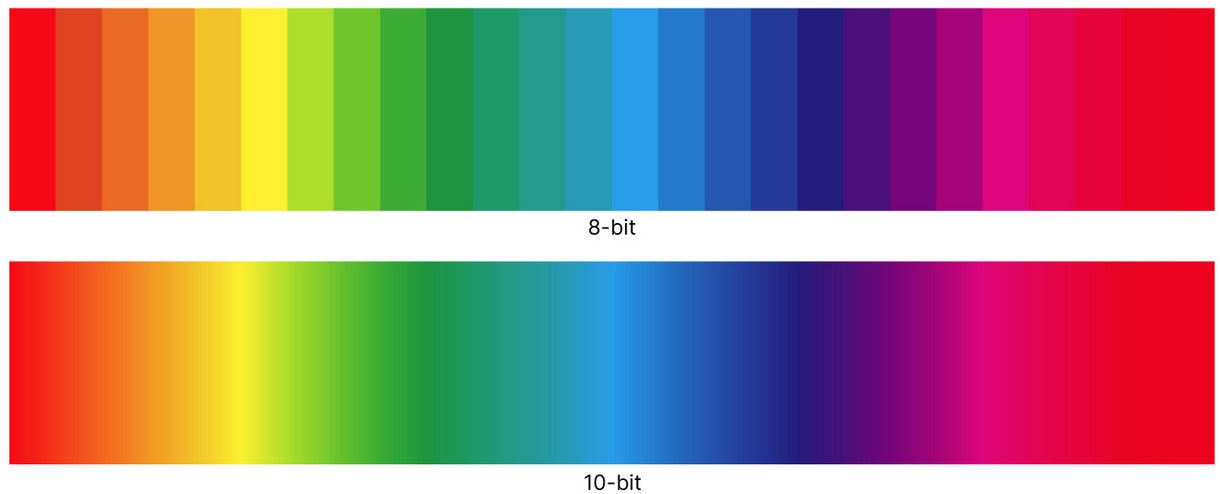
The biggest problem with this and the Pixel 8 and 8 Pro is its use of Pulse Width Modulation (PWM) to control brightness. If you are susceptible to PWM, it will cause eye strain, headaches, and discomfort.
My take is that the price is acceptable, but not for Google Pixel 8 and 8 Pro prices (8-bit screens like those found on all Samsung phones).
Screen test
| Size | 6.1″ |
| Type | OLED |
| Flat, Curve, 2D, 3D | Flat with prominent bezels and rounded corners. Centre O-hole. |
| Resolution | 2400 x 1080 |
| PPI | 430 |
| Ratio | 0.839583333 |
| Screen to Body % | 81.6% |
| Colours bits | 8-bit/16.7m colours Google calls this 24-bit (3 x 8-bit RGB) |
| Refresh Hz, adaptive | Fixed 60 or adaptive 60/120Hz |
| Response 120Hz | N/A |
| Nits typical, test | Not disclosed (Test 750) |
| Nits max, test | 1400 nits HDR 100% (Test 1448) 2000 nits HDR 5% (Test 1795) |
| Contrast | Infinite 1,000,000:1 |
| sRGB | Not disclosed (Test Natural setting 100% sRGB) |
| DCI-P3 | Not disclosed (Adaptive setting – Test 86% of 16.7m colour gamut) |
| Rec.2020 or other | N/A Note there are no calibration settings. |
| Delta E (<4 is excellent) | 2.1 |
| HDR Level | HDR10 (no HDR10+ or Dolby Vision) |
| SDR Upscale | No |
| Blue Light Control | No, but it has a Night Light switch that warms the colours. |
| PWM if known | 120Hz <50% brightness 240Hz >50% Brightness Quite a noticeable flicker that could cause issues for PWM-sensitive users. |
| Daylight readable | Yes |
| Always on Display | Yes |
| Edge display | No |
| Accessibility | All Android features |
| DRM | L1 for FHD, SDR and HDR (should be available) |
| Gaming | <2ms GTG |
| Screen protection | Gorilla Glass 3 |
| Comment | This is an 8-bit/16.7m colour screen, while flagships have 10-bit/1.07 billion colour screens (except for Samsung). We can see the difference between the photo and video image preview; the result is that the screen does not support Dolby Vision (it should). PWM is among the most severe we have seen, and sensitive users must look elsewhere. |
Processor – Pass
The Samsung-made Google Tensor G3 is based on the Samsung Exynos 2400 System on a Chip (SoC). It falls well behind current flagships using the Qualcomm SD8 Gen 1, 2, or 3 SoCs (40-60% in raw speed). In addition, its modem is only for city/suburb use, and you can’t mount a live storage external SSD.
On the positive side, it has a Titan M2 security co-processor and a Tensor NPU to handle basic AI tasks on-device.
We noted that the performance specs are above the Pixel 8 and 8 Pro. We will retest these to see if it is due to later firmware.
Processor test
| Processor | (Pixel 8 and 8 Pro in brackets) |
| Brand, Model | Google Tensor G3 made by Samsung based on its older Exynos 2300 4nm LPP technology. Titan M2 security co-processor |
| nm | 4 |
| Cores | 1×3.0GHz & 4×2.45GHz & 4×2.15GHz |
| Modem | Samsung Exynos 5300 modem |
| AI TOPS OR Multi-thread Integer Operations Per Second (INOPS) GINOPS = billion | Google Tensor NPU 14.77 GFLOPS (10.79/14.24) 21.39 GNOPS (15.38/20.11) |
| Geekbench 6 Single-core | 1680 (1653/1764) |
| Geekbench 6 multi-core | 4384 (4218/4584) |
| Like | Single Core SD8 Gen 2 Muti-Core SD8 Gen 1 |
| GPU | Mali-G715s MC10 (Ray tracing not supported) |
| GPU Test | |
| Open CL | 5595 (4972/5286) |
| Like | SD8+ Gen 1 |
| Vulcan | 6382 (6050/5963) |
| RAM, type | 8GB LPDDR5x |
| Storage, free, type | 128GB UFS 3.1 (95GB Free) |
| micro-SD | No |
| CPDT internal seq. Read MBps sustained | 1333 (1060/972) Jazz Maximum 1292 (1355/1293) |
| CPDT internal seq. write MBps sustained | 87 – seems to vary considerably up to 224 (134/206) Jazz Maximum 148.53 (137/207) |
| CPDT microSD read, write MBps | N/A |
| CPDT external (mountable?) MBps | Files find it as an OTG for cut and paste but not as a mountable device and will not speed test. |
| Comment | What a waste! This USB-C 3.2 Gen 2 interface does not support mountable drives or Alt DP audio/video/data/charging streams. It is like Google wants you to use its Cloud and Chromecast only. NOTE: Google has advised that its June update should unlock full USB-C audio/video/charge/data/Alt DP 1.4 features but not mountable external SSD. Stay tuned. |
Throttle test – Passable but not for power users.
| Throttle test | |
| Max GIPS | 297000 (250533/290498) |
| Average GIPS | 218592 (16857/212063) |
| Minimum GIPS | 166132 (132782/154544) |
| % Throttle | 42% (42/40) |
| CPU Temp | 50° but case measured 43° (warm) |
| Comment | We ran several throttle tests and received wildly variable results. The two shown are the best and worst. |


Comms – Pass
The key difference between the 8 and 8 Pro is a single-band GPS versus quad-band and Wi-Fi 6E versus 7.
Wi-Fi 6E maxes out at 2400Mbps, but this only achieves 1200/1200 full duplex. It is not a big issue, but it is half the speed of the 8 and 8 Pro.
| Wi-Fi Type, model | Wi-Fi 6E Tri-Band 2.4/5/6GHz |
| Test 2m -dBm, Rx/Tx Mbps | -40/1200/1200 |
| Test 5m | -52/1100/962 |
| Test 10m | -58/1040/832 |
| BT Type | 5.3 |
| GPS single, dual | GPS, GLONASS, Galileo, QZSS, BeiDou <3m |
| USB type | USB-C 3.2 Gen 2 10Mbps |
| ALT DP, DeX, Ready For | It supports the screen mirror from the June 2024 update. |
| NFC | Yes |
| Ultra-wideband | No |
| Sensors | |
| Accelerometer | Yes |
| Gyro | Combo with Accelerator |
| e-Compass | Yes |
| Barometer | Yes |
| Gravity | |
| Pedometer | |
| Ambient light | Yes |
| Hall sensor | |
| Proximity | Yes |
| Other | |
| Comment | Google’s decision to allow Alt DP 1.4 for screen mirror (June 2024 update) enables the use of external monitors. But it still does not support external mountable storage, which precludes use by vloggers, videographers, etc. |
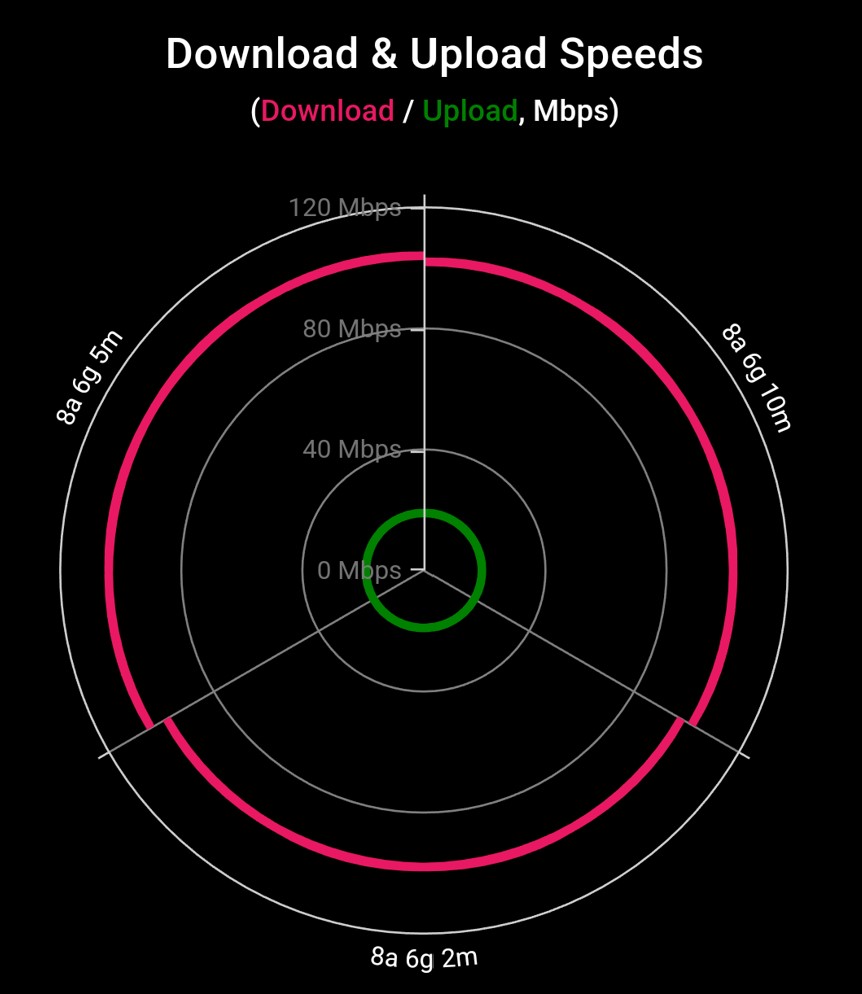
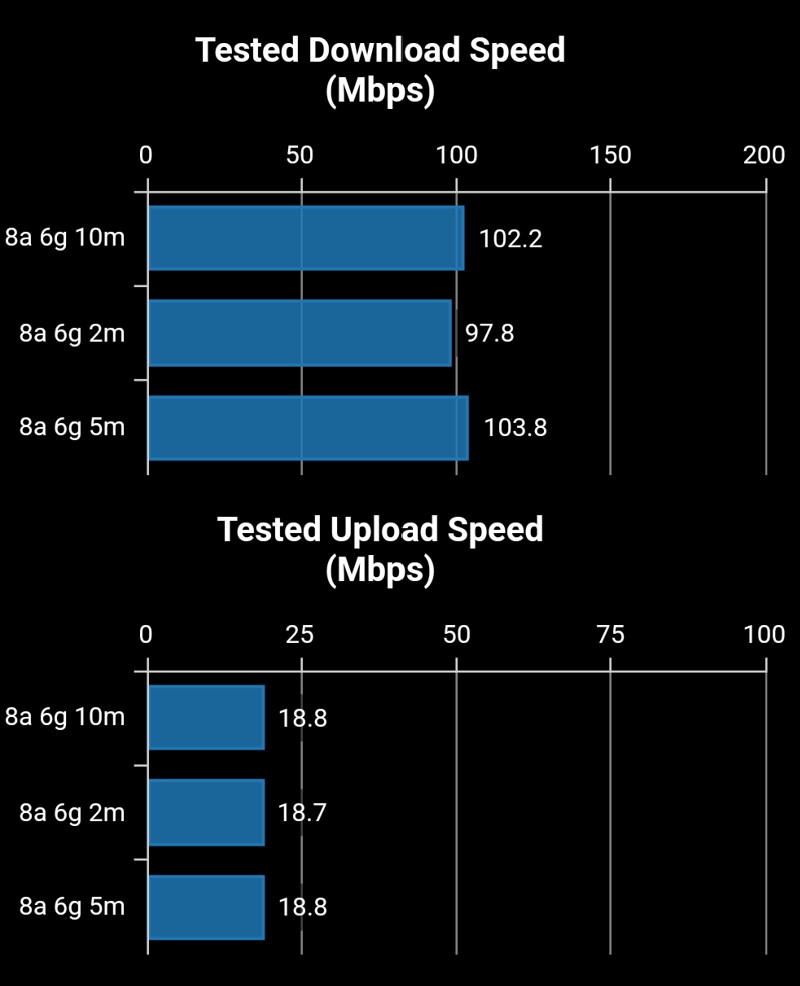
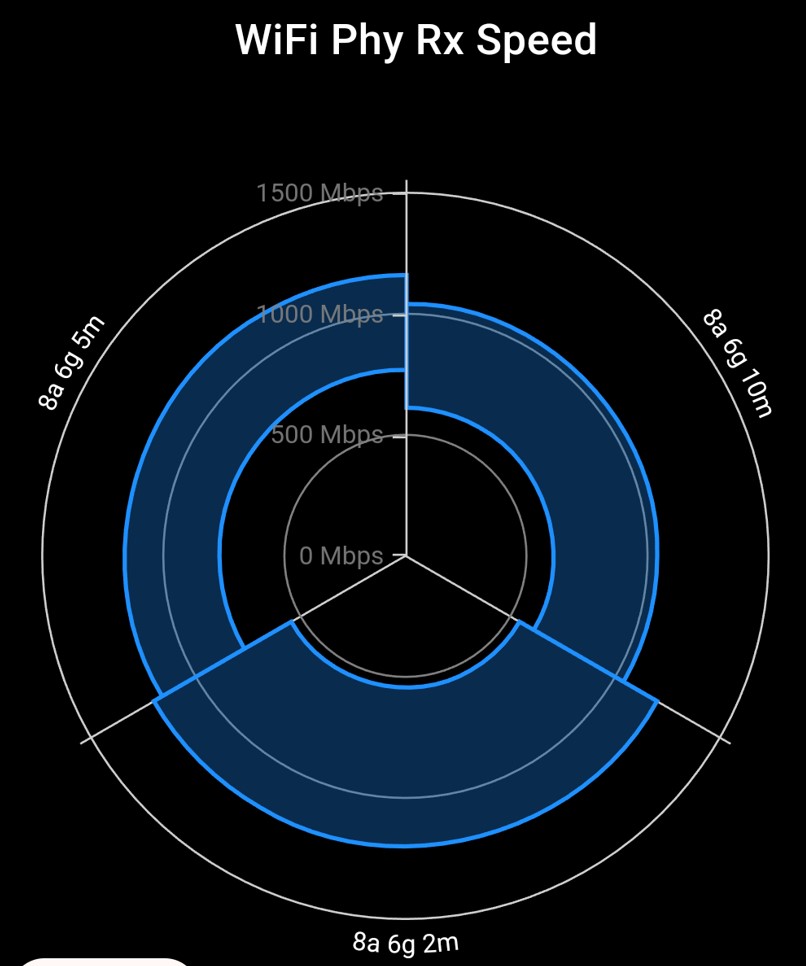
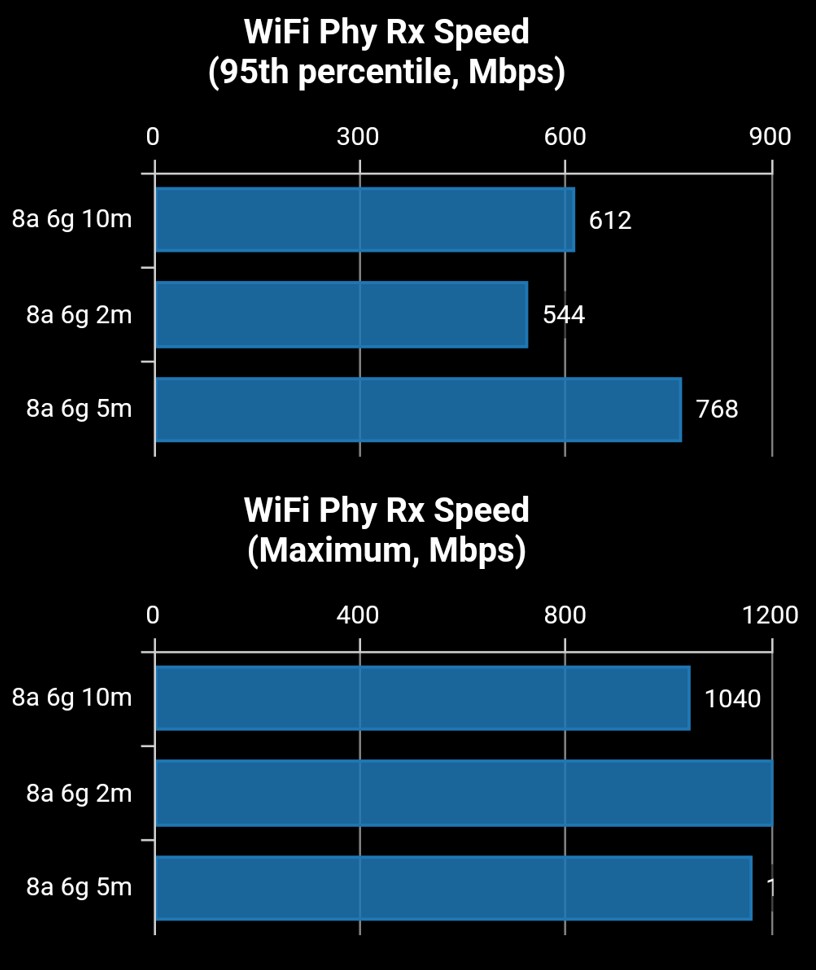
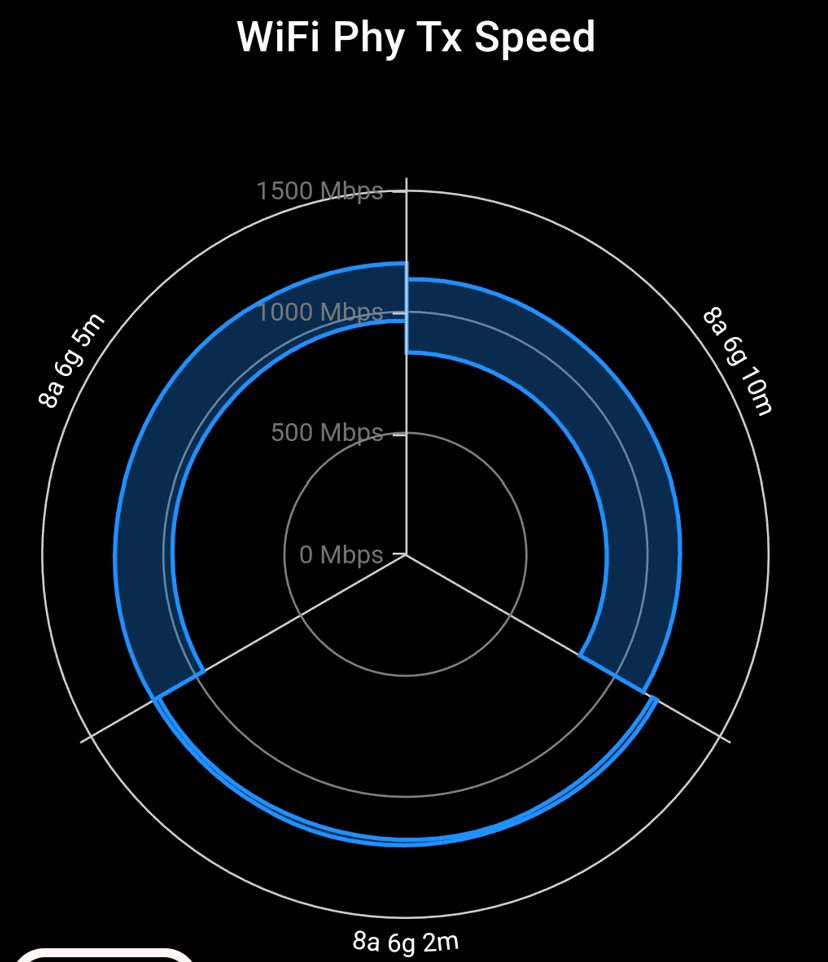

4/5G – Pass
Our tests (repeated several times) show it is only for city and suburb use where there is reasonable tower coverage. It found only one tower at maximum signal strength of 2pW. This is similar to the 8 and 8 Pro.
Notably, this has far fewer 4 and 5G bands than the 8 and 8 Pro, limiting its international use.
| SIM | Single SIM and eSIM |
| Active | Single Active DSDS (Dual SIM Standby) – tested. (Not DSDA – dual sim, dual active). |
| Ring tone single, dual | Single |
| VoLTE | Yes |
| Wi-Fi calling | Yes |
| 4G Bands | B1/2/3/4/5/7/8/12/17/18/19/20/26/28/32/38/40/41/42/66 |
| Comment | Far fewer bands than 8 or Pro |
| 5G sub-6Ghz | n1/2/3/5/7/8/12/20/26/28/38/40/41/66/75/76/77/78 |
| Comment | Far fewer bands than 8 or Pro |
| mmWave | No |
| Test Boost Mobile, Telstra | |
| DL/UL, ms | 10/12.3/27ms – well below average |
| Tower 1 -dBm, fW or pW | -80 to -94 and 398.1fW to 2pW |
| Tower 2 | No |
| Tower 3 | No |
| Tower 4 | No |
| Comment | Strictly a city and suburbs phone where there is good tower coverage. |
Battey – Pass
Battery life is reasonable – not near Google’s 24-hour claim. Heavy users will get 8-12 hours, and typical users 15-18 hours. Charge times are twice as long as the 8 and 8 Pro as it only charges at 9V/2A/18W (not 25/27W as per 8 and 8 Pro).
It has Qi charging, but it only seemed to charge at 7.5W unless you have the genuine Google Qi charger.
| mAh | 4492mAh Model G07DF 3.87V/4.404A/17.04W There is no indication of recharge cycles – we will assume 500. |
| Charger, type, supplied | Not supplied. Test 9V/2A/18W |
| PD, QC level | PD or PPS charger will work. |
| Qi, wattage | 18W using Pixel stand; otherwise 15W |
| Reverse Qi or cable. | Yes |
| Test (60Hz or adaptive screen) | Adaptive |
| Charge 0-100% | 2 hours 6 minutes with Google 30W charger Tended to initially charge at 9V/2A/18W. |
| Charge Qi, W Using Belkin Boost Charge 15W fast wireless charge | 7 hours |
| Video loop 50%, aeroplane | 20 hours 2 minutes |
| PC Mark 3 battery | 18 hours 57 minutes Accubattery: 17 hours 49 minutes |
| GFX Bench Manhattan battery | Hung – out of memory |
| GFX Bench T-Rex | 596.7 minutes (9.945 hours) 3313 frames |
| Drain 100-0% full load screen on | 5 hours 26 minutes |
| 0 | 1800-2000mA |
| mA Watt idle Screen on | 250-300mA |
| Estimate loss at max refresh | Tested on Adaptive |
| Estimate typical use | Google advertises up to 24 hours of typical use. Heavy users (gamers) will get 4-5 hours of screen time. We think it’s a retrograde step not to include a charger inbox. Although tests were done with a Google 30W charger, it charged at a maximum of 9V/2A/18W. |
| Comment | The results are similar to those of the Pixel 8 but with a 2x charging time. |
Sound hardware – Pass
It uses the same sound components as the 8 and 8 Pro, except 2 mics instead of 3. Volume is a little lower than the 8 and 8 Pro.
| Speakers | Forward-firing earpiece and bottom-firing speaker |
| Tuning | N/A |
| AMP | Tensor G3 |
| Dolby Atmos decode | No |
| Hi-Res | No |
| 3.5mm | No |
| BT Codecs | SBC, AAC, royalty-free aptX and HD, LDAC |
| Multipoint | Yes |
| Dolby Atmos (DA) | No |
| EQ | No |
| Mics | Two – one for voice and one for noise reduction |
| Test dB – all on EQ flat DA off | |
| Volume max | 80 |
| Media (music) | 75 |
| Ring | 65 |
| Alarm | 78 |
| Notifications | 75 |
| Earpiece | 60 |
| Hands-free | The volume is a little low, but otherwise, it is OK. |
| BT headphones | Excellent BT signal but only supports a limited range of codecs. |
Sound quality – Fail
The conundrum is whether you want to listen to music and movies or have a reasonably clear voice for phone calls – the two tend to be mutually exclusive in small phone speakers.
Like the 8 and 8 Pro, there is no low or mid-bass (not really expected, but this is where all the critical bass is) and a very long, slow build from 100Hz to 1kHz (1000Hz). Then we get a clear voice from 1-4kHz, and then the treble drops off a cliff to 20khz (this defines sound character—without it, sound can seem dull and distant).
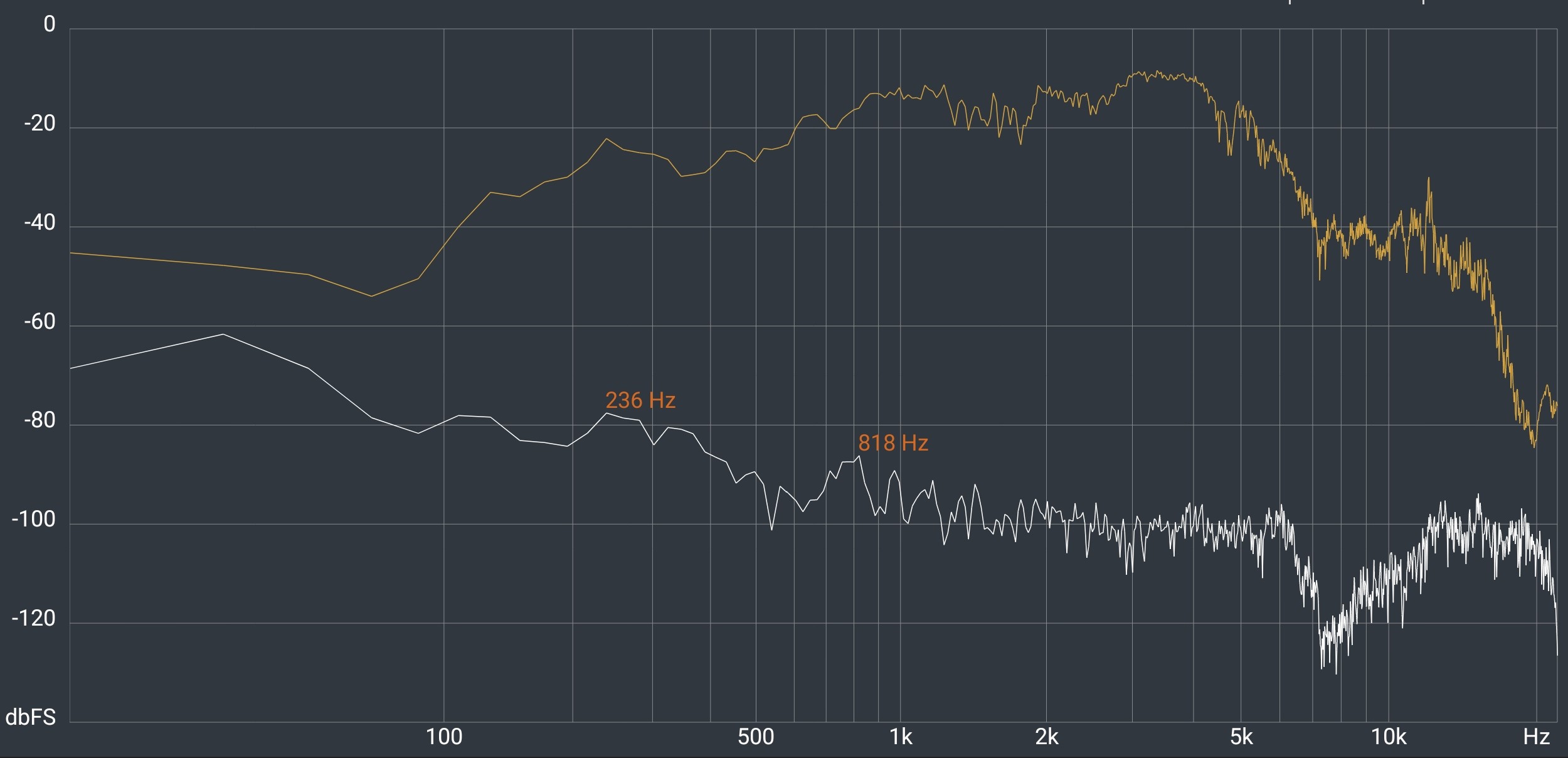
Read How to tell if you have good music – sound signature is the key
| Deep Bass 20-40Hz | Nil |
| Middle Bass 40-100Hz | Nil |
| High Bass 100-200Hz | Linear build to 1kHz – almost no high bass |
| Low Mid 200-400Hz | Almost nil – a long, slow build |
| Mid 400-1000Hz | still slow building |
| High-Mid 1-2kHz | Flattish |
| Low Treble 2-4kHz | Flattish |
| Mid Treble 4-6kHz | Steep linear decline to 20kHz |
| High Treble 6-10kHz | Steep linear decline to 20kHz |
| Dog Whistle 10-20kHz | Steep linear decline to 20kHz |
| Sound Signature type | This is one of the worst music sound signatures I have listened to. There is no low/mid/high bass, clipped and slowly building mids (no vibrancy), 1-4kHz for clear voice is fine, and almost no significant treble. |
| Soundstage | There is a bias towards the bottom speaker. The sound stage is as wide as the device. DA content makes no difference at all. |
| Comment | If you like listening to audio or video on phone speakers this is not for you. |
Build – Pass+
We understand that Taiwanese firm Foxconn assembles this in its Vietnam factory. Google has announced that it will also assemble in India to avoid that country’s tariffs on imported phones.
The build quality is excellent, and the ‘sandwich design’ allows you to replace the battery without removing the screen. However, the battery uses copious glue, making it hard to remove.
IFIXIT has repair guides here. It has yet to list parts prices.
Remember, it does not come with a charger. Any PD/PPS USB-C charger from 9V/2A/18W will work. Lower wattage will take longer to charge.
| Size (H X W x D) | 152.1 xx 72.7 x 8.9mm |
| Weight grams | 189 |
| Front glass | Gorilla Glass 3 |
| Rear material | PMMA |
| Frame | 100% recycled content in a polished aluminium housing. |
| IP rating | IP67 1m for 30 minutes |
| Colours | Bay Porcelain Obsidian |
| Pen, Stylus support | No |
| In the box | |
| Charger | No |
| USB cable | 1m USB-C to USB-C 2.0 3W cable |
| Buds | No |
| Bumper cover | No |
| Comment | USB-A female to USB-C adapter |
OS – Android and AI
Google sets the OS and patch policy bar incredibly high, forcing Samsung and others to follow suit. But remember that it is pure Android, and you may be used to overlays from Samsung, OPPO, Moto, etc., that make Android more intuitive.
We won’t go into AI in depth as it is mainly for camera editing.
| Android | 14 |
| Security patch date | 5 June 2024 (provides USB-C screen mirror) |
| UI | Pure Android with Google Home and TV customisations |
| OS upgrade policy | 7 years |
| Security patch policy | 7 years – monthly updates |
| Bloatware | None |
| Comment | Pure Android and the best upgrade policy, bar none. |
| Security | |
| Fingerprint sensor location, type | Under glass |
| Face ID | Secure Face unlock |
| Comment | VPN by Google One at no extra cost End-to-end security designed by Google Multi-layer hardware security: Tensor security core, Titan M2 security chip and Trusty (Trusted Execution Environment) Seven years of OS, security and Feature Drop updates from launch Anti-malware and anti-phishing protection, including support for passkeys Automatic security checks and privacy controls with Security and Privacy Hub Camera and mic toggles Private Compute Core Android System Intelligence Android Messages end-to-end encryption and Android backup encryption Learn more at g.co/pixel/security and g.co/pixel/certifications |

Google Pixel 8a rear camera
Google prides itself on its computational photography and getting more out of fewer sensors. It has things like skin tone matching, AI post-processing and AI tools like Magic Eraser (most of the heavy lifting is done in the Google Cloud).
The primary sensor is a very old Sony IMX787, which was used in the Pixel 7a. Of course, it has the added AI post-processing power of the Tensor G3.
DXOMARK rates it at 136 (Pixel 7a is 133, Apple iPhone 14 133, Samsung S22 Ultra 135 and Samsung S24 and S24 133). It found less-than-average performance on bokeh, image preview (screen-to-image colour match) and zoom (only 8x digital). We concur.
Our findings are that it is excellent in outdoor and office light, very good in low light, and photos are better than expected from a device at this price.
Our take – you will not be disappointed with still images and video (although it can take 4K, we recommend 1080p@30/60 for full OIS and EIS stabilisation). A minor point, but the 13MP Ultrawide/macro is fixed focus and does not have OIS as inferred on the website.
Google Pixel 8a rear camera specs
| Rear Primary | Wide |
| MP | 64MP bins to 16.1MP |
| Sensor | Sony IMX787 (not Samsung GW3) |
| Focus | Dual Pixel PDAF |
| f-stop | 1.89 |
| um | .8 bins to 1.6 |
| FOV° (stated, actual) | 80° (68.5 – 80.9) with a 4.7x crop factor for EIS |
| Stabilisation | Gyro EIS and OIS |
| Zoom | 8X |
| Rear 2 | Ultrawide |
| MP | 13MP |
| Sensor | Likely Sony IMX712 |
| Focus | Fixed |
| f-stop | 2.2 |
| um | 1.12 |
| FOV (stated, actual) | 120 (115) |
| Stabilisation | Claim OIS, but there is only EIS. |
| Zoom | No |
| Special | |
| Video max | 4K@60fps 4K@30fps HDR stereo recording |
| Flash | Single |
| Auto-HDR | Yes |
| Magic Editor – done in Google Photos cloud* Best Take * Magic Eraser * Photo Unblur * Real Tone Face Unblur – may not work on all faces. Panorama Manual White balancing Locked Folder Night Sight Top Shot Portrait mode Portrait Light * Motion Auto-Focus Frequent Faces Dual exposure controls Live HDR+ Ultra HDR Long Exposure Astrophotography Super Res Zoom Audio: Stereo recording Speech enhancement Wind noise reduction Audio Magic Eraser * Cinematic Pan Slow-motion video support up to 240 FPS 4K timelapse with stabilisation Astrophotography timelapse Optical image stabilisation Fused video stabilisation 4K Cinematic Pan video stabilisation 4K locked video stabilisation 1080p active video stabilisation Digital zoom up to 5x Video formats: HEVC (H.265) and AVC (H.264) | |
| QR code reader | Yes |
| Night mode | Yes |
Google Pixel 8a rear camera tests



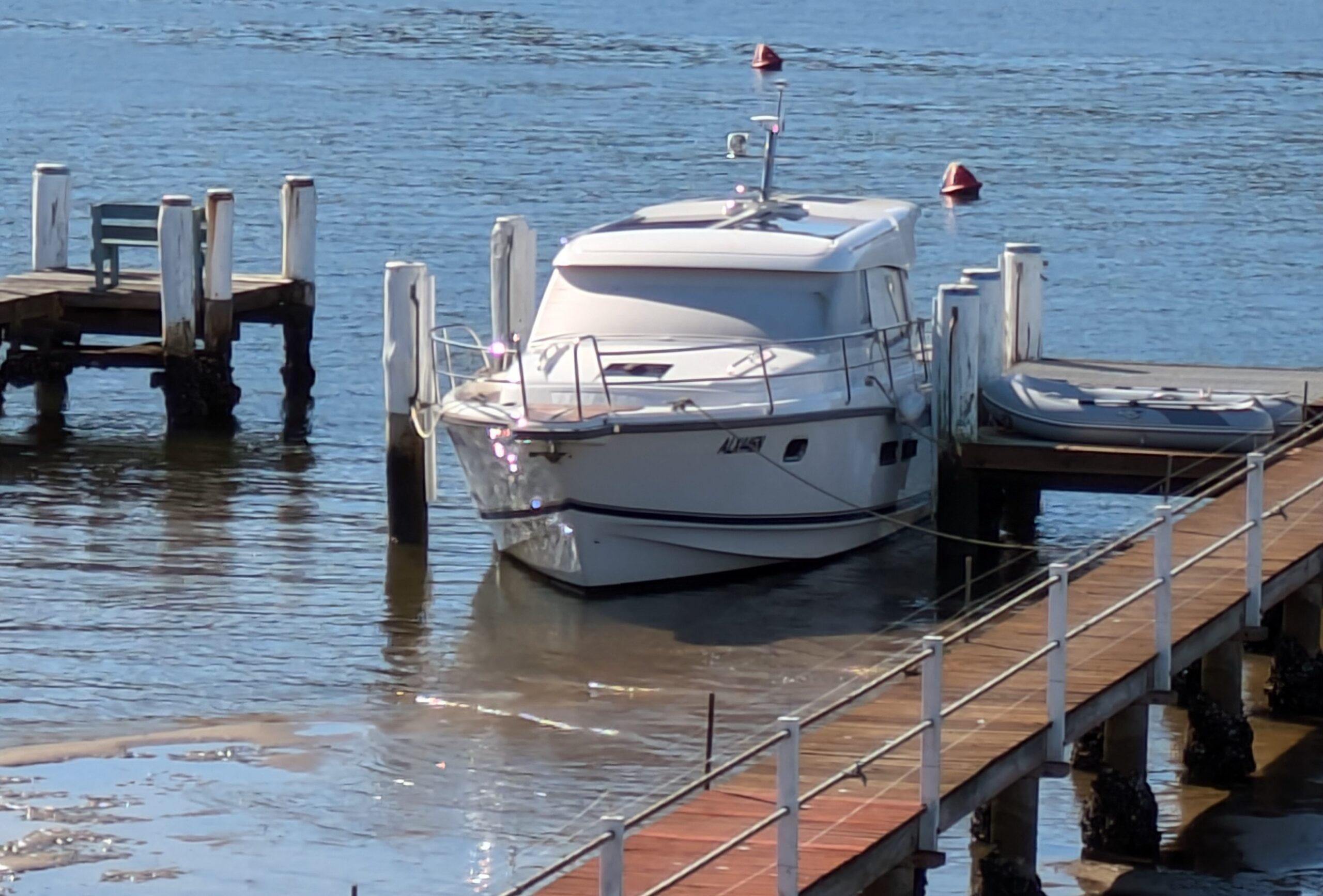



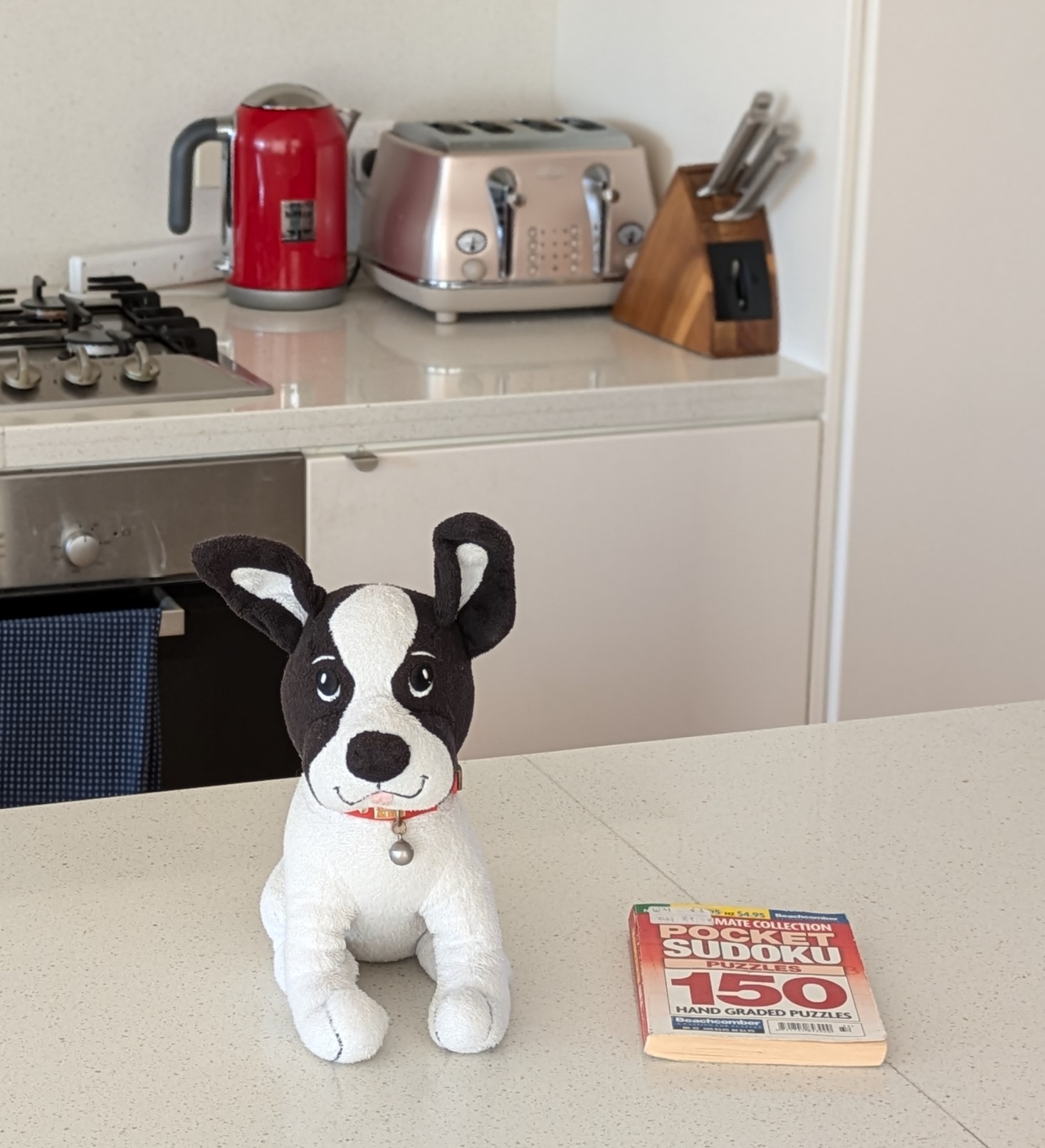
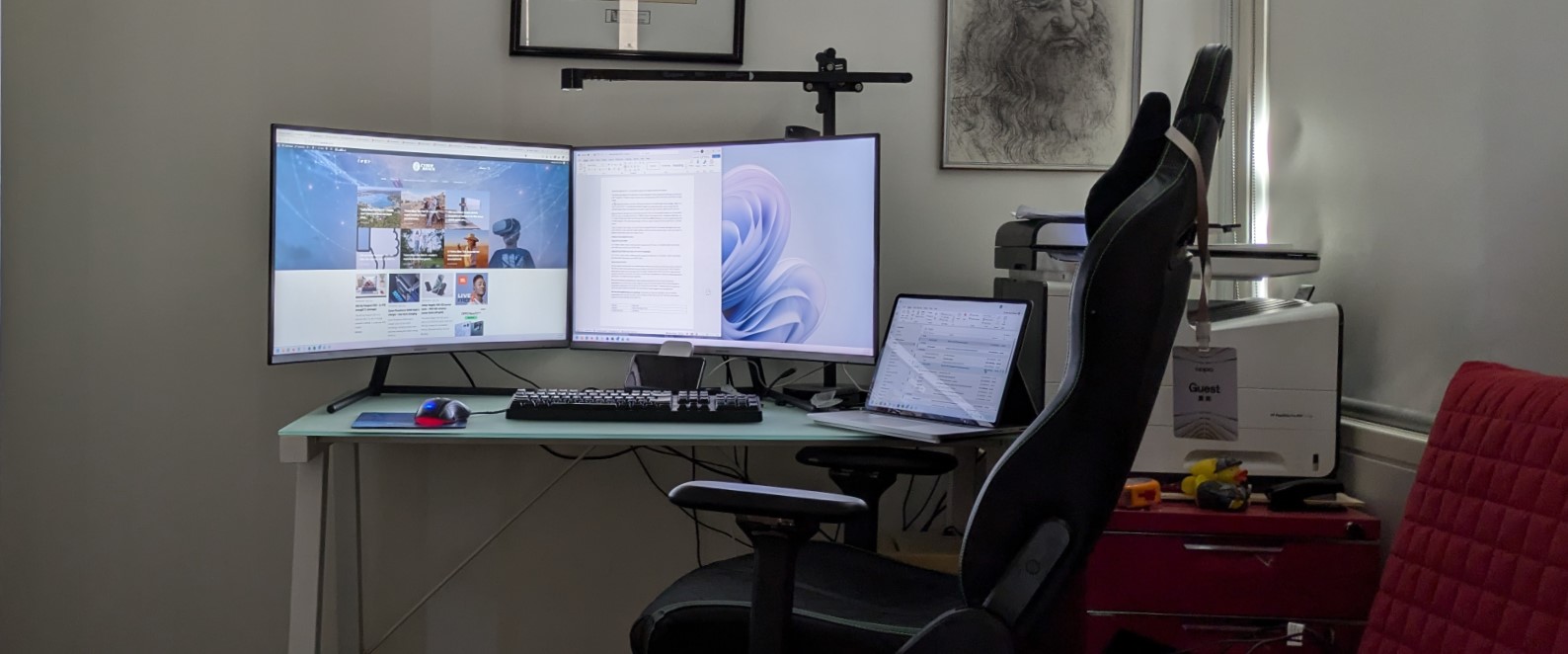
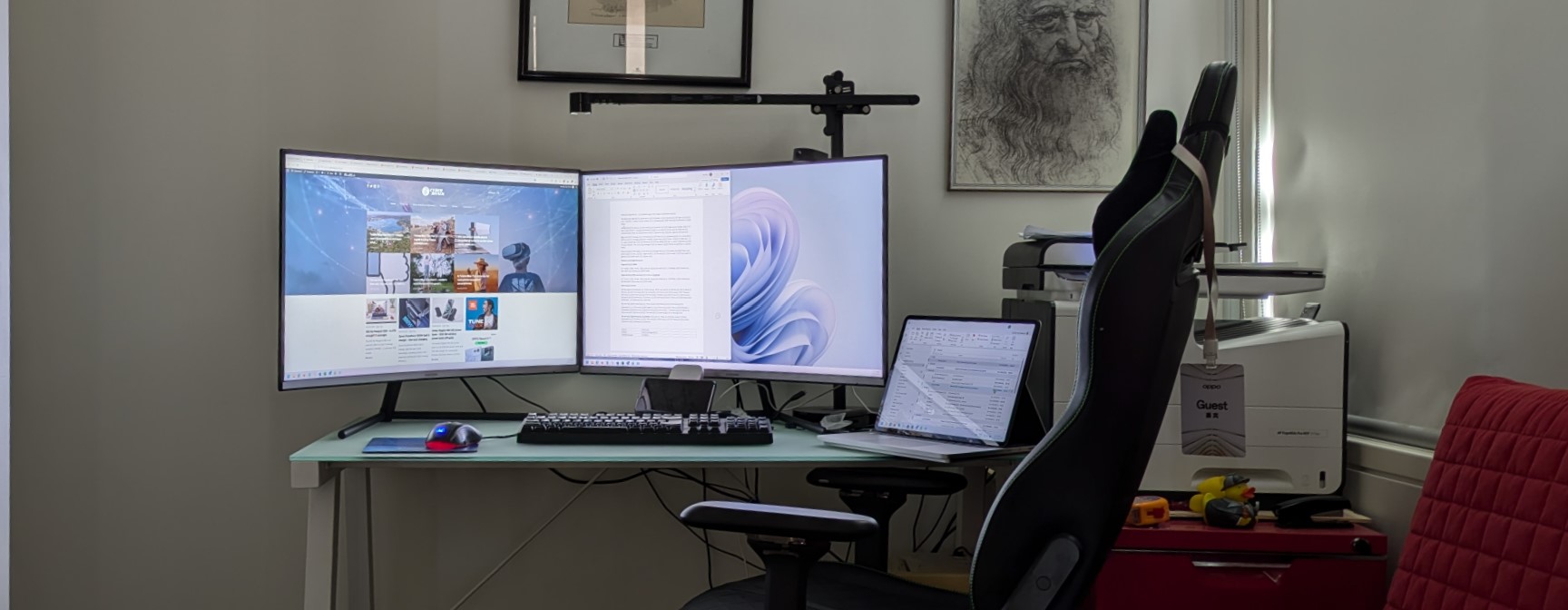
Google Pixel 8a front camera
The selfie tended to oversaturate red colours. It is good for group and single selfies.
| Front | Selfie |
| MP | 13 |
| Sensor | Sony IMX712 |
| Focus | Fixed |
| f-stop | 2.2 |
| um | 1.12 |
| FOV (stated, actual) | 96.5° (81.4 to 93.6) with a 7.4x crop factor for EIS |
| Stabilisation | No |
| Flash | Screen Fill |
| Zoom | No |
| Video max | 4K@30fps |
CyberShack’s view – Google Pixel 8a has much going for it, but it may tip you towards the Pixel 8 or 8 Pro.
As mentioned, we have seen the 8 at $849 and the 8 Pro at $1099 (from authorised resellers). That means it is a hard choice between the Google Pixel 8a and 8, and given what we have seen under the bonnet, the 8 is a superior choice. The 8 Pro is the one for the future, as many AI features will only support that due to its more memory.
Competition
- Google Pixel 8 or Pro (go for the Pro)
- Samsung S23 FE 5G (similar Exynos 2300 processor)
- Nothing 2 $899 (not yet reviewed but looks superior on specs with an SD8 Gen 1 and OLED screen and good phone reception)
- Motorola Edge 30 Pro 2023 run-out $899 (SD8 Gen 1 and OLED, best phone reception)
Google Pixel 8a ratings 79/100
| Ratings | 2024 rating – Pass mark 70/100 |
| Features | 80 |
| This is hard. As a smartphone, it rates below other flagships. As an AI phone, it gains some points, but the question is, will you use these enough to warrant purchasing this over another flagship? | |
| Value | 80 |
| Ditto for Features – it does not stack up on speeds and feeds. | |
| Performance | 75 |
| The Tensor G3 throttles badly. The Qualcomm SD8 Gen 1/2 is 40-60% faster. | |
| Ease of Use | 80 |
| It is a two-edged sword. Tech-savvy users will try the AI camera features, but I suspect most will simply point and shoot. But it is hard to beat the 2+7+7 warranty, OS upgrade and security patches. | |
| Design | 80 |
| I don’t mind Google styling – it is different in a sea of glass slabs. | |
| Rating out of 10 | 79 |
| Final comment | While it is an evolution of the Pixel 7 it is more about the AI camera features and Google marketing. Regrettably, it is not a class leader in any category. |
Google Pixel 8a
$849 8/128GB or $949 8/256GBPros
- Great point-and-shoot camera with AI features if you need them.
- Bright screen
- Raises the bar on OS and security patch updates
- Potential for more AI features
Cons
- The camera preview is off due to the 8-bit screen.
- Throttles badly
- Sound is not for music.
- Battery life is not as good as claimed.
- Does not implement USB-C 3.2 Gen2 external mountable SSD support.
Brought to you by CyberShack.com.au






